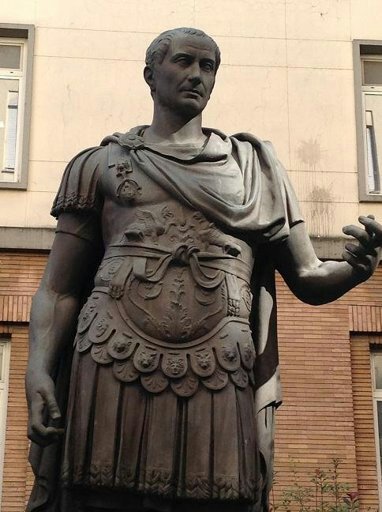

When Severus finally turned his attention to the west, however, rather than wage war against the Germanic chiefs, as the legionnaires wanted him to, he tried to pacify them with payments and diplomacy.ĭisgusted, the troops killed Severus and his mother in 235 CE at Moguntiacum, and then elected Maximinus to be their leader. However, Severus was focused on a simultaneous threat from the Sassanid Persians crowding in the from the east as a result, he neglected the West, which led to a number of Roman legions suffering inglorious defeat at the hands of the Germanic tribesmen. Severus’ reign was marked by a variety of problems including, notably, a large influx of tribesmen from the northwest who had been forced south in search of suitable farmland when climate change and sea rise ruined agriculture in what is today the Low Countries. Often depicted with an extraordinary large brow, nose and jaw, and with most reports agreeing that he was “of… frightening appearance and colossal size,” many theorize he may have suffered from acromegaly or gigantism.Īdopting the name Thrax to denote his origins, Maximinus held posts as a legion commander in Egypt (around 232 CE), became governor of Mesopotamia, and was leading recruits of the Legio IV Italica in Germany by 234 CE, after being promoted to the position by the emperor, Alexander Severus (208 – 235 CE). While it’s not clear precisely how large Maximinus was (some historic sources claim a likely well exaggerated equivalent of eight and a half feet tall), Maximinus was widely reported as towering over his contemporaries both in height and muscular girth. Beginning a fifty-year period where leadership of the empire passed between at least 26 men was the short reign of perhaps the largest emperor of Rome, Maximinus Thrax.īorn Gaius Julius Verus in about 173 CE in Thrace (the area between the Aegean Sea and Black Sea that includes portions of Bulgaria, Turkey and Greece today), young Maximinus entered the Roman military in 190 CE, and due to his enormous size and great strength, he quickly rose through the ranks. In the third decade of the third century CE, climate issues, civil war, economic depression and plague combined to seriously destabilize the Roman Empire.


 0 kommentar(er)
0 kommentar(er)
